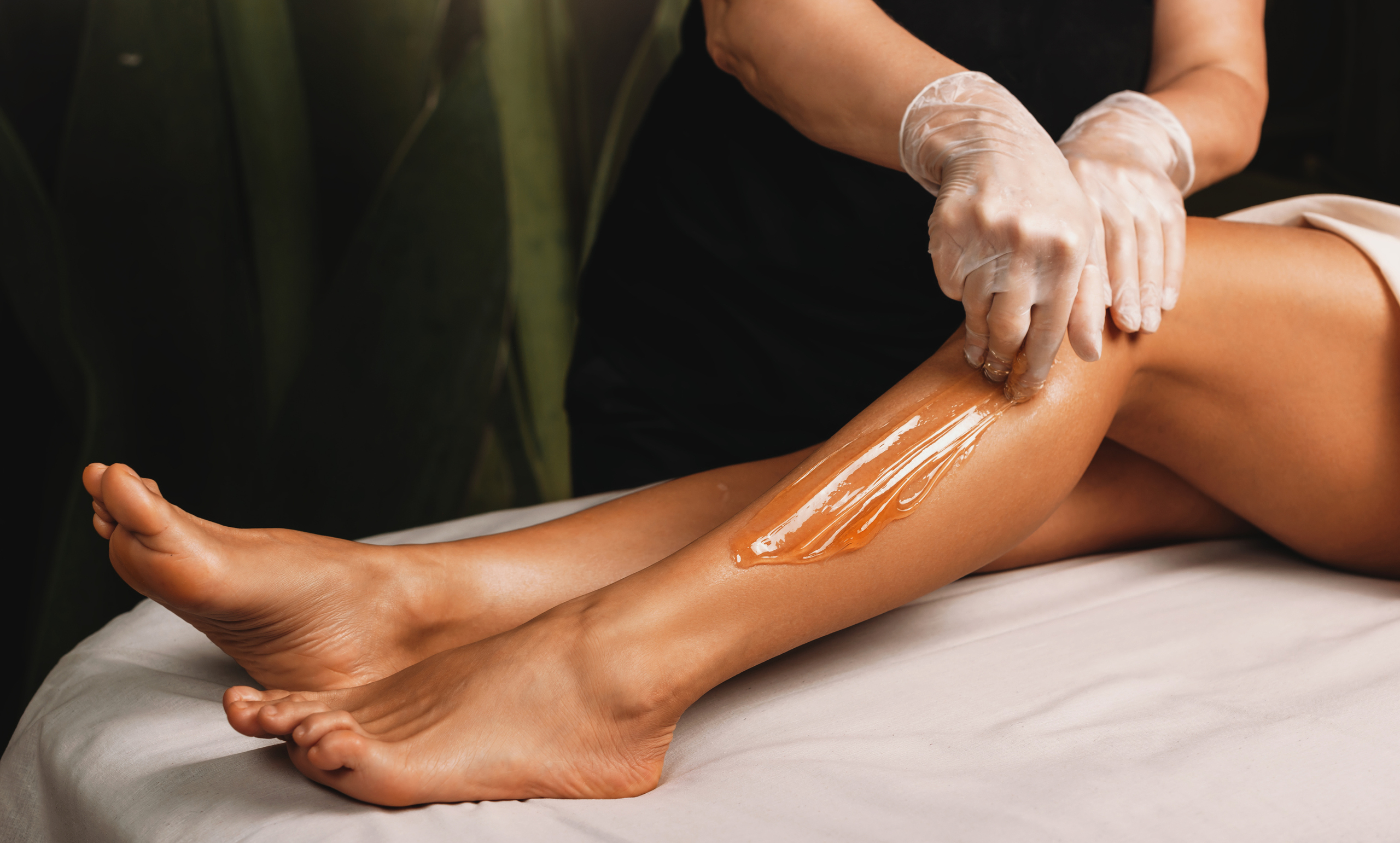Waxing Aftercare Tips: Maintain Smooth Skin Longer
Waxing Aftercare Tips: Maintain Smooth Skin Longer
Blog Article
Mastering the Art of Waxing: Necessary Tips for a Painless Hair Removal Experience
In the realm of personal grooming, grasping the art of waxing is an ability that can dramatically enhance one's hair elimination experience. The procedure of shaving, though effective in achieving smooth skin, can usually be connected with discomfort and pain if not performed correctly. By understanding and executing vital pointers, individuals can browse this hair removal strategy effortlessly and marginal pain. From pre-waxing prep work to selecting the ideal wax and grasping correct shaving techniques, the trip to a painless waxing experience is led with expertise and knowledge.
Pre-Waxing Preparation
Prior to going through a waxing session, it is necessary to properly prepare your skin to reduce pain and attain ideal hair removal outcomes. Beginning by exfoliating your skin a day or 2 before your consultation to remove dead skin cells and stop in-grown hairs. This step assists the wax stick much better to the hair, ensuring a much more efficient elimination process. Avoid hydrating on the day of your shaving session as it can create an obstacle between the wax and your hair, leading to much less successful results. Additionally, it is recommended to trim your hair to about a quarter of an inch before waxing to stop unneeded pain throughout the procedure.
Additionally, it is vital to clean your skin thoroughly before waxing to get rid of any kind of oils, creams, or dirt that might hinder the wax's capacity to hold the hair. This step not just boosts the effectiveness of the shaving procedure yet likewise helps in reducing the risk of post-waxing breakouts - Laser Hair Removal. By adhering to these pre-waxing prep work steps, you can ensure a smoother and extra comfy hair elimination experience

Picking the Right Wax
There are numerous types of waxes readily available, each catering to different skin kinds and hair textures. The 2 primary groups of wax are difficult wax and soft wax.
When choosing a wax, consider your skin level of sensitivity, hair density, and the area you intend to wax. For those with delicate skin, hypoallergenic waxes with included calming agents like chamomile or aloe vera can help in reducing irritability. Coarse hair might require a wax particularly created for solid hair removal. In addition, if you are new to waxing, it might be beneficial to start with a gentle formula to assess your skin's reaction before trying extra powerful alternatives. Consulting with a professional esthetician can also give important insight right into the ideal wax for your individual demands.
Proper Waxing Method
To begin, it is necessary to cleanse the skin thoroughly prior to using the wax. Additionally, constantly make certain that the wax is heated up to the proper temperature level to avoid burns or inefficient hair removal. Using the wax in the instructions his explanation of hair growth and eliminating it against the hair development assists to make certain that the hair is pulled from the root, resulting in smoother and longer-lasting outcomes.
Moreover, making use of small areas of wax at a time and pushing securely on the wax strip prior to elimination can help improve the effectiveness of the process. Last but not least, remember to apply mild pressure on the skin after waxing to relieve any kind of discomfort and reduce redness. By adhering to these proper waxing strategies, you can achieve an extra pleasurable and effective hair removal experience.
Aftercare Tips

In addition, it's advisable to abstain from activities that may cause excessive sweating, such as intense workouts, right away after waxing to avoid additional inflammation. If any type of redness or bumps continue after waxing, using a chilly compress or aloe vera gel can assist minimize inflammation - Laser Hair Removal. Adhering to these aftercare ideas vigilantly can ensure a efficient and comfy waxing experience with resilient results

Troubleshooting Common Issues
Another problem is in-grown hairs, where hair swirls back or expands sideways right into the skin after waxing. In addition, if you experience wounding or redness after waxing, redirected here using a cool compress can minimize swelling and calm the skin. By resolving these common waxing issues proactively, you can enhance the overall effectiveness and comfort of your hair removal regimen.
Conclusion
In final thought, grasping the art of waxing calls for appropriate prep work, selecting the appropriate wax, utilizing the correct strategy, and adhering to aftercare suggestions. By you can check here adhering to these vital ideas, people can attain a pain-free hair elimination experience. Laser Hair Removal. It is vital to fix usual issues that may develop throughout the waxing process to make sure a effective and comfy result. With technique and focus to detail, waxing can be an efficient hair elimination technique.
Moreover, it is vital to clean your skin extensively before waxing to remove any type of oils, creams, or dirt that could interfere with the wax's capacity to grip the hair. The two major classifications of wax are hard wax and soft wax.When selecting a wax, consider your skin sensitivity, hair thickness, and the location you plan to wax.In addition, utilizing tiny areas of wax at a time and pressing strongly on the wax strip before elimination can help boost the effectiveness of the process. After waxing, it's important to keep the waxed area tidy and cost-free from irritants.
Report this page